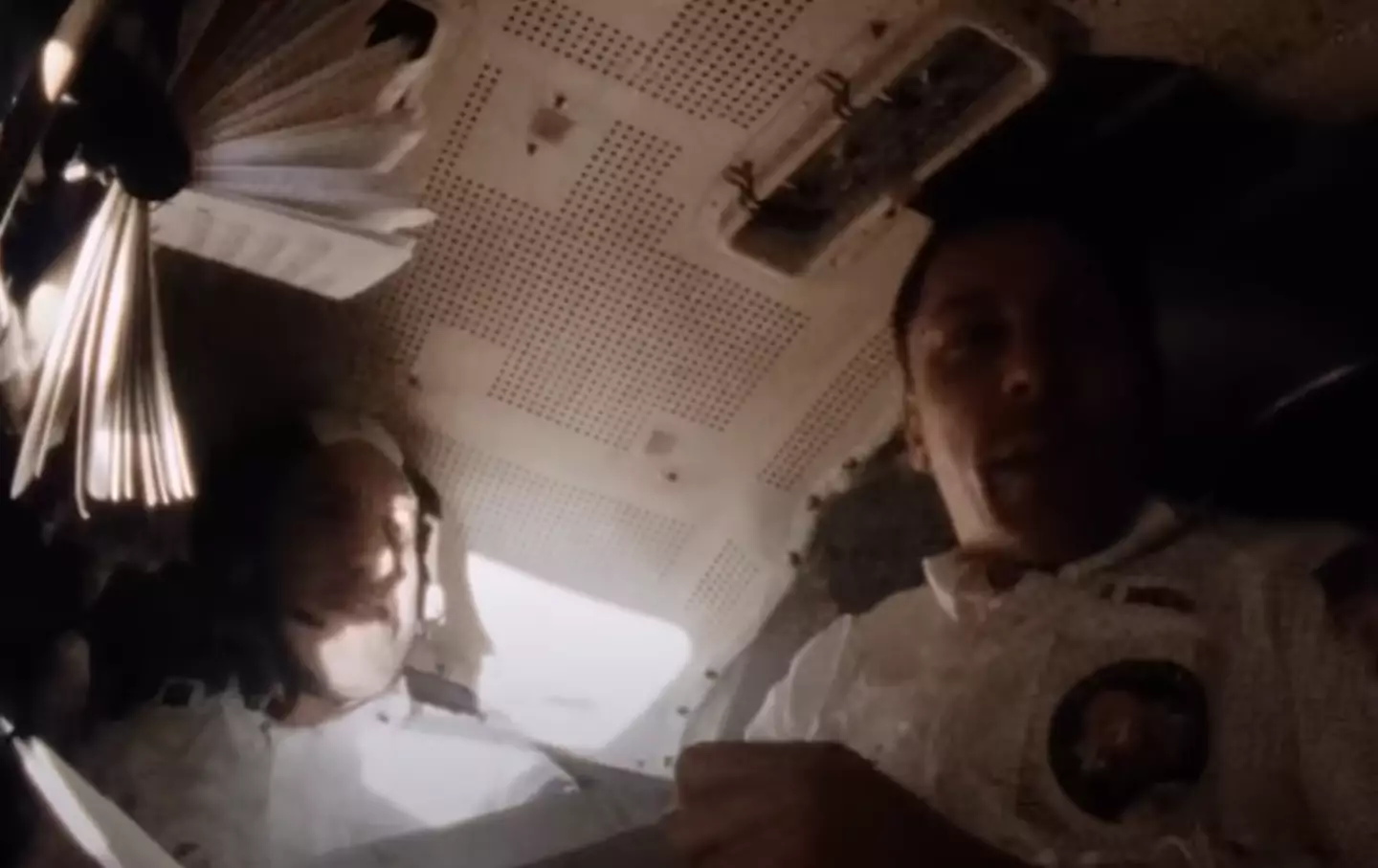On April 11, 1970, NASA launched the Apollo 13 mission, marking its third attempt to land on the moon. Astronauts Jim Lovell, Jack Swigert, and Fred Haise were on board, eager for their journey to the lunar surface. However, their mission took an unexpected turn when they were nearly four-fifths of the way to the moon.

Three days into their space voyage, while in the command module, the mission met with disaster. An explosion suddenly rocked their cylindrical spacecraft. The cause? Heat-damaged wires next to the oxygen tanks had ignited. Reflecting on the moment, Lovell recounted on the History This Week podcast, “I…looked down at Jack Swigert in the command module and his eyes were as wide as saucers. And I could see that…this was the start of a long, treacherous journey home.”
Stranded 200,000 miles from Earth, the astronauts found themselves with only 15 minutes of power and oxygen remaining. In a dire situation, Lovell made a crucial call to mission control, famously stating, “OK, Houston, we’ve had a problem here.”

As NASA scrambled to assess the situation, visible oxygen leakage and the critical time ticked away. The astronauts’ survival depended on quick, innovative thinking. They relocated to the lunar module, a temporary safe haven, surviving on minimal water supplies. Lovell detailed the ingenuity required to stay alive, saying, “They worked out a system and then they relayed it up to us word by word. Hose. Duct tape and an old sock and my gosh, time was the one thing that kept us from dying.”
Opting to keep the guidance computer on, Lovell, Swigert, and Haise endured a chilling three-day journey back to Earth in the cold, damp lunar module. Their ordeal culminated in a successful re-entry into Earth’s atmosphere, where they deployed their parachutes and landed safely in the South Pacific, where they were promptly rescued.
NASA ultimately deemed Apollo 13 a “successful failure,” a mission that, despite not achieving its original goals, provided invaluable lessons and resulted in the safe return of its crew.

Post-mission, NASA implemented significant safety enhancements, including an additional battery and a reserve oxygen tank in Apollo 14, ensuring that such a crisis would be less likely to occur in future missions.

